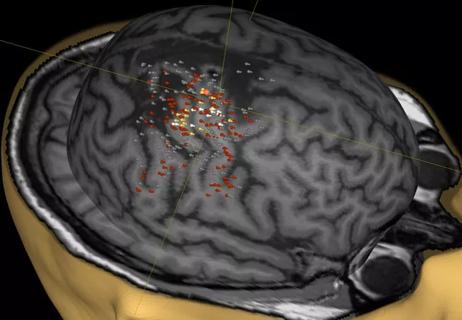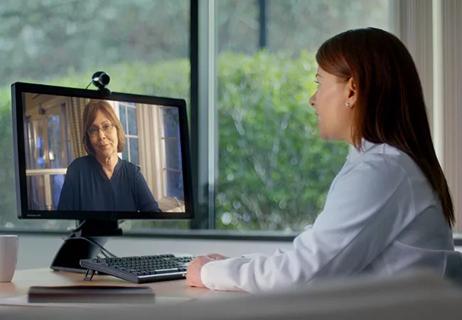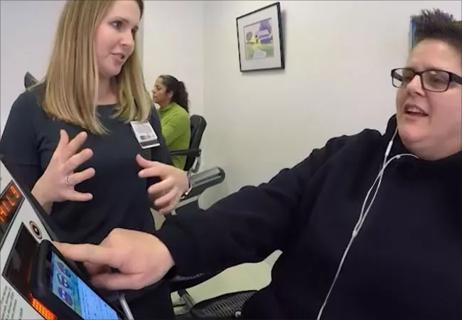Up next: Integrating with EMR to support decision-making

Advertisement
Cleveland Clinic is a non-profit academic medical center. Advertising on our site helps support our mission. We do not endorse non-Cleveland Clinic products or services. Policy
Cleveland Clinic’s Spine Care Path was created to provide an evidence-informed clinical road map to assist practitioners in managing the full range of spine disorders. We recently have observed encouraging results from initial pilot testing of a key portion of the care path and are proceeding with the care path’s integration into Cleveland Clinic’s electronic medical record (EMR). This article presents a snapshot of these and other recent developments in our Spine Care Path initiative.
The ultimate objective of the Spine Care Path ‒ one of dozens of condition-specific care paths being developed and implemented at Cleveland Clinic ‒ is to enhance the value of spine care by reducing unnecessary and costly variability in management while improving outcomes. The care path spans the full range of care, from acute symptoms (< 6 weeks) through chronic care needs (> 12 weeks), potentially involving providers from various specialties and professions.
The care path’s foundation is a collection of three evidence- and consensus-based care path “guides” ‒ for low back pain, cervical and lumbar radicular pain, and neck pain. Developed by multidisciplinary teams of Cleveland Clinic experts, these guides detail the appropriate steps in patient management for translation into algorithms and work flows for practical application.
In autumn 2013, pilot studies of the acute phase (0 to 6 weeks of pain) of the Spine Care Path for low back pain were initiated at two family health centers in the Cleveland Clinic health system. The pilots mainly involved primary care physicians and nurse practitioners. The goal was to test-drive implementation of the care path with an emphasis on the process of diagnosis and management of acute back pain.
Advertisement
For patients with acute back pain, the care path stresses appropriate use of imaging studies ‒ including X-rays, CT and MRI ‒ which are generally reserved for patients with clinical red flags suggestive of serious underlying disease. Initial treatment focuses on patient education that emphasizes the benefits of activity and the generally favorable prognosis that can be expected in the absence of red flags. Use of opioids is not recommended for acute low back pain.
All providers in the pilots were given access to the care path guide for low back pain and invited to attend an informational session. A structured clinical note developed with input from primary care physicians was made available for use during the pilot program. Key process measures assessed included:

These process measures were compared with the same measures from a sample of similar patients managed at the same family health centers prior to the pilots. Impressive changes in clinical practice for acute back pain management were observed after implementation of the care path pilots, including reductions in imaging orders, opioid prescribing and referrals for intraspinal injections. Meanwhile, increases in appropriate practices, such as prescription of NSAIDs and muscle relaxants and documentation of patient education, also were observed. Specific changes in key measures are detailed in the table.
These changes translated to an impressive reduction in the average cost of an episode of back pain care per patient (Figure).
Advertisement

Figure. Changes in clinical practice in the wake of the care path pilot program translated to substantial reductions from baseline in the cost of care per patient, although further reductions are possible through closer adherence to care path recommendations.
In mid-2014, we extended the original clinical pilots of the Spine Care Path beyond the acute management phase into the subacute phase (6 to 12 weeks of back pain). This pilot program involves additional clinicians, including physical therapists, medical spine specialists and pain psychologists. For persons with subacute, persistent pain, in addition to reassessment and modification of initial diagnosis and treatment, this phase of the care path incorporates appropriate specialty referral in selected cases.
Current efforts in the development of the Spine Care Path are focused on its integration into Cleveland Clinic’s EMR system, Epic, for use by clinicians across the health system. The objective is to provide clinicians with a tool to:
Development also has included incorporating patient-entered data into the EMR documentation.
The enablement team includes spine specialist physicians, emergency medicine physicians, primary care physicians, Epic specialists, programmers and representatives from clinical operations, corporate compliance, finance and business intelligence.
Advertisement
We are creating a dashboard that will regularly track a wide range of process or performance measures crucial to assessing the value of spine care provided. The team is highly cognizant of the need to create a product that is efficient in a busy real-world clinical setting.
We began a pilot of the Epic-enabled acute-care portion of the Spine Care Path in June 2014 in selected clinical areas, with systemwide rollout scheduled for late 2014. Training of involved clinical teams on use of the care path within the EMR is under way.
Dr. Mazanec is Associate Director of the Center for Spine Health.
Advertisement
Advertisement

A noninvasive approach to map eloquent areas before surgery

Physician reimbursement policy experts join forces with IT and coders to enable digital transformation

Minority Stroke Program focuses on outreach to racial and ethnic minority communities

Excellent response seen with ongoing use in patients as young as 11

Q&A with a psychiatrist in Cleveland Clinic’s Transgender Surgery and Medicine Program

Time constraints, language barriers, substance misuse, mood disorders targeted for improvements

Project draws $1.6M to leverage telemedicine to create medical home, ease transition to adult care

Comorbid depression is only one of the likely warning signs